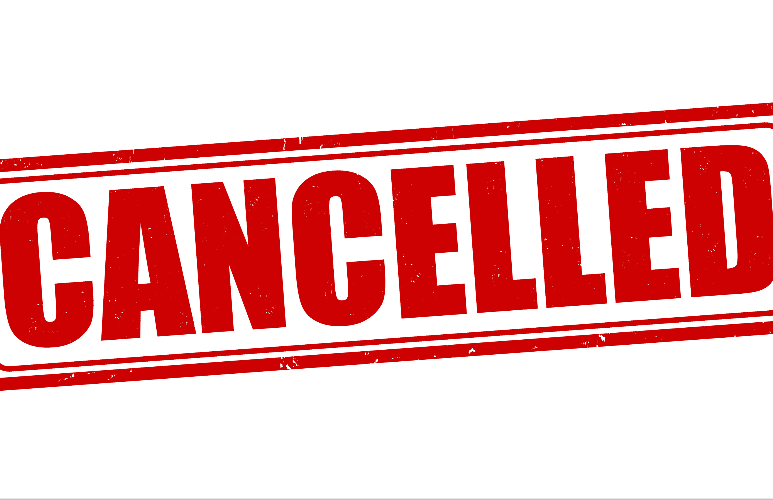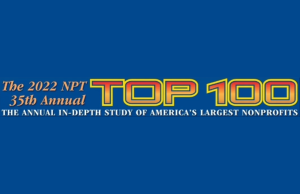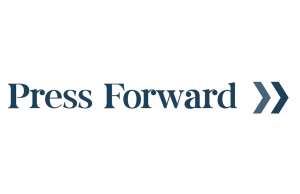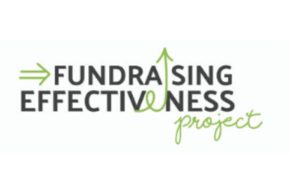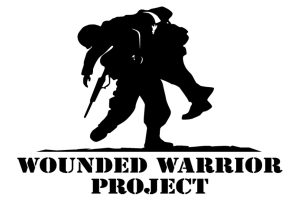A deluge of fundraising events and activities have been canceled or postponed during the past few weeks in response to the novel coronavirus (COVID-19), closing museums and arts institutions around the country.
In a survey of leaders of the top 30 fundraising peer-to-peer programs in the United States, three-quarters said they expect their revenues to be negatively impacted. Other respondents either were unsure or did not expect to be negatively impacted.
“The changes that we’ve seen since have been unbelievably dramatic, from a few postponements of events to a wholesale postponement/cancellation/virtualization of all March and April events as the situation has worsened and government authorities have forbidden large public gatherings,” said David Hessekiel, president of the Peer-To-Peer Professional Forum in Rye, N.Y.
The Peer-To-Peer Professional Forum launched a COVID-19 P2P Resource Center.
The Pancreatic Cancer Action Network communicated its postponements and encouraged supporters of the PurpleStride program to become virtual striders, he said, while the March of Dimes had 257 walks planned for April and May.
Arts and culture organizations have become much more creative and innovative, in terms of adapting since the Great Recession. Those organizations developed strong online presence through campaigns and online methods of engaging donors and this is an opportunity to engage them virtually.
“We’re starting to see not just events canceled but how can we use that to support the organization, consider it as a donation, or putting it toward membership,” said Una Osili, associate dean for research and international programs at the Lilly Family School of Philanthropy at IUPUI in Indianapolis, Ind.
“This is certainly a time of a lot of uncertainty. It’s hard to even find a historical precedent,” Osili said. From the experience and data since the Great Recession, which might be the closest parallel, at least economic uncertainty for nonprofits. “It’s still very important for organizations to engage their donors and supporters, and philanthropy has a unique role to play in the crisis,” she said. “There may be a temptation to retreat. I think there’s also opportunity for nonprofits and philanthropy to be a source of resilience and to bring communities together. We’ll have to do that differently, not necessarily in person.”
Mission still is relevant, making important contributions to the community. That really is the message for nonprofits to understand their role in helping families weather this crisis regardless of the sector,” Osili said.
The percentage of households with people who gave declined during the Great Recession but households where donors continued to give gave consistently during difficult economic times, according to the Philanthropy Panel Study data from 2000-2016. And the U.S. Household Disaster Giving in 2017 and 2018 indicated that 78 percent of disaster aid donor households reported that their disaster giving did not affect their giving to other causes. One in eight reported an increase in their giving to other causes.
More than 200 COVID-19 relief funds have sprung up at United Way affiliates around the country, in addition to efforts by local community foundations. United Ways in Cincinnati, Ohio, and Fort Lauderdale, Fla., have shifted resources to provide more funds to nonprofit partners in the short-term.
“It’s not hyperbole when putting political pressure on Congress: folks lost jobs, kids are home, they already have needs. In addition to direct service requests for economic, healthcare needs, food insecure, we’re very focused on maintaining operations of nonprofit employers themselves,” United Way Worldwide President and CEO Brian Gallagher said.
“For us, so far, there’s no significant impact. We’re big enough to take the shock in the short term, it’s depending on how long and deep the economic impact is, it’s going to affect us and others,” Gallagher said.
“What we should be anticipating, and we are, is that this is like a slow-moving hurricane hitting every community and every state at the same time,” he said. There’s the initial fundraising that always happens after a natural disaster, Gallagher said, but then comes the pressure of ongoing fundraising. “Big organizations will be able to weather the early shock better than the smaller ones. Then, depending on how deep economic impact, smaller nonprofits will be hurt, just like they are after a disaster,” Gallagher said.
Wealthy people have been keeping charitable giving up in the United States but now with the market down 30 percent over the last six months, Gallagher said there’s going to see a lot of pressure on those larger gifts.

